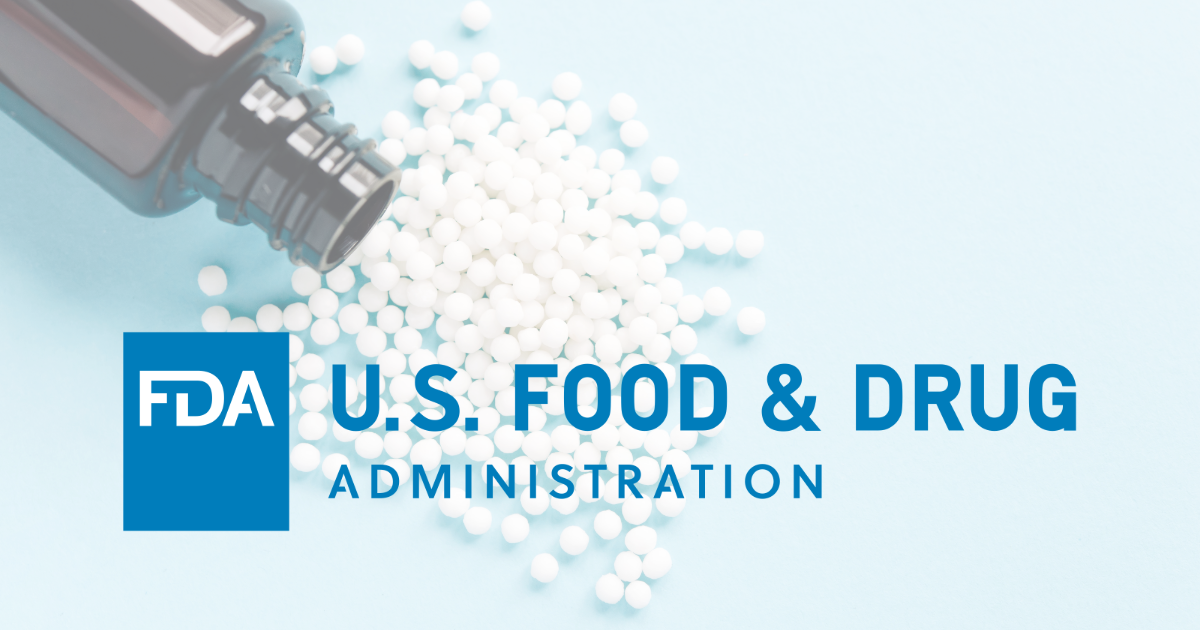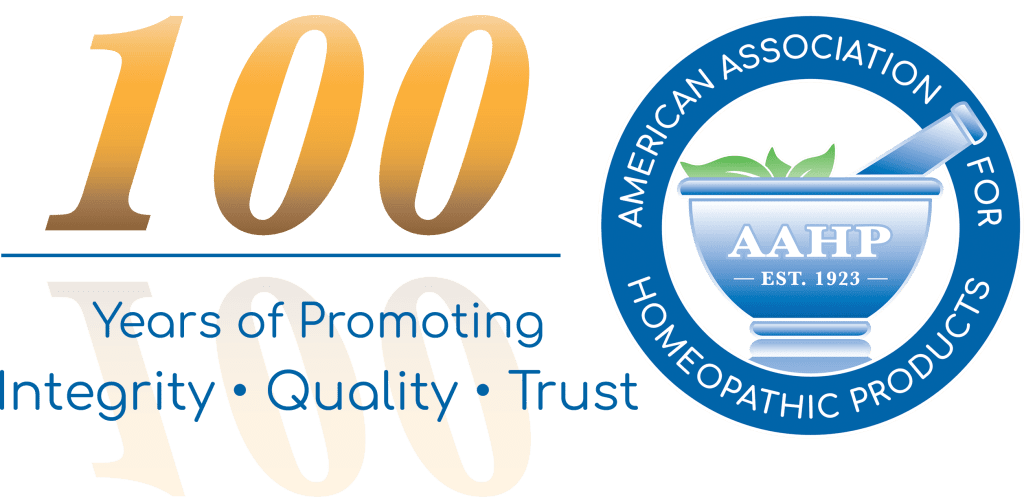Potential Nitrosamine Impurities in Your Products?

By Robert Sven Jechlitschka, Director of Quality and Development, Schwabe Pharma México
In September 2024, the Food and Drug Administration published a final guidance document on Control of Nitrosamine Impurities in Human Drugs. This followed the April 2023 issuance of its final guidance on Recommended Acceptable Intake Limits for Nitrosamine Drug Substance-Related Impurities (NDSRIs). Importantly, neither document makes an exception for homeopathic drug products. All manufacturers and marketers of homeopathic drug products need to carefully read these to determine if any action is necessary on their part. If needed, further information on test methods is available in USP General Chapter <1469> Nitrosamine Impurities.
Likewise, in the European Union, companies marketing pharmaceutical products must ascertain if their products might be at risk for containing nitrosamine impurities. The European Medicines Agency (EMA) recently published a guideline document “Information on Nitrosamines for Marketing Authorization Holders.” The EMA document includes easy to comprehend steps and sample templates for companies to use for their own documentation as well as a guide to information for submission to appropriate authorities.
Many of the steps that your company may have to undertake have already been worked through at Schwabe Pharma México. Part of this occurred in conjunction with third-party FDA audits beginning some years ago and the implementation of the recent Mexican guidance, published in July 2024. This experience provides the following overview to help others understand essential background information. While much of this work was done in compliance with the pharmaceutical regulatory authorities in Mexico, the following is nevertheless a valuable resource for companies everywhere as nitrosamine impurities do not respect national boundaries.
Nitrosamine Impurities
N-Nitrosamines and related compounds have long been known for their strong genotoxic and mutagenic effects on humans; it is evident that they can increase cancer incidence even when present only in trace amounts. The discovery of these impurities in pharmaceutical products raises safety concerns worldwide.
The focus is primarily on those Active Pharmaceutical Ingredients (APIs) that are known to carry the risk of so-called “Nitrosamine Drug Substance Related Impurities” (NDSRIs); these are a class of nitrosamines that have structural similarity to the API itself. Although these kinds of nitrosamines are generally not expected to be formed during the manufacture of the vast majority of APIs, the sources of nitrosamine contamination can be very individual for each drug product and therefore need to be assessed on a case-to-case basis, not only for the APIs, but also for inactive ingredients.
It is known that nitrosamine impurities can form during production under certain conditions and when using certain solvents, reagents and other raw materials. Other sources are carry over effects from the production facilities systems (equipment and critical systems, e.g., purified water for processing) or as contamination due to interactions and migration between components of the packaging material and the printing ink.
All regulated human drug products containing chemically synthesized active substances must be reviewed to assess the risk of the presence of nitrosamines in the finished product. If a manufacturer identifies that any products containing non-chemically synthesized active ingredients, including biological (e.g., herbal) and homeopathic products, contain nitrosamine impurities, the competent authorities should be informed.
Therefore, a risk-based prioritization, which takes into consideration factors such as maximum daily dose taken, duration of treatment, therapeutic indication and number of patients treated as proposed by the EMA, is considered essential to avoid or minimize patient exposure to nitrosamines. The risk evaluation is based on the currently identified root causes for the presence of nitrosamines and adapted for biological (e.g., herbal) and homeopathic products.
Any product meant for consumption by patients should be assessed for absence of nitrosamines, irrespective of the type of product or routes of administration, unless route-specific differences are justified by data.
The risk of nitrosamine formation is dependent on several factors and conditions, which have to come together:
- Slightly acidic aqueous conditions (pH 2–5).
- Nitrosamine formation requires temperatures > 55°C.
- Relevant concentrations of secondary amines.
- Relevant concentrations of a nitrosating agent.
Materials and products with an identified higher risk are subject to confirmatory testing for nitrosamines.
Contamination via nitrosamine formation during the processing of raw materials (e.g., extraction, maceration).
The use of nitrosating agents in the presence of secondary, tertiary amines or quaternary ammonium salts within the same or different process steps (where carry over may occur) is an identified source of nitrosamine contamination. The assessment must include the chemical nature of all materials used in the manufacturing process (active ingredients, excipients, solvents, and processing aids), but also the potential risk of contamination with nitrosamines that may occur during manufacturing, packaging, and handling of the raw material itself. Water used to prepare medicines can also be a source of contamination.
Presence of secondary, tertiary amines and quaternary ammonium salts
Secondary amines are of greatest concern, however tertiary amines can also undergo nitrosation via more complex pathways. Tertiary amine bases (e.g., triethylamine, diisopropylethylamine, and N-methylmorpholine) are known to degrade to, and contain as impurities, secondary amines and have been implicated in N-nitrosamine formation. Due to their composition, materials of biological origin (e.g., fresh/dried parts or whole plants) can be excluded from this part of the risk evaluation.
Presence of nitrosating agents
Nitrosating agents to be considered include nitrites (e.g., sodium nitrite, NaNO2), nitrous acid (HNO2), nitric oxide (NO), nitrosyl halides (e.g., ClNO, BrNO), dinitrogen trioxide (N2O3), dinitrogen tetroxide (N2O4), and organic nitrites (e.g., t-BuONO).
Other potential nitrosation risks:
- Nitric acid typically contains nitric oxide as an impurity; additionally, nitrous acid may also be produced, leading to nitrosation, if any reducing agents are present.
- Hydroxylamine under oxidative conditions.
- Chloramines are known to generate N-nitrosamines under certain conditions.
- Ozone may lead to the formation of N-nitrosamines by initial oxidation of amines to nitrite.
- Use of azide salts and azide compounds is commonly followed by quenching with nitrous acid or nitrites and may lead to nitrite residues.
- Nitric acid and nitrates under reducing conditions may result in by-products with nitrosating activity.
Contamination via nitrosamine formation during the manufacture of the finished product
It has been speculated that nitrosamine contamination can occur when raw materials or finished products are stored in containers that may leach substances that can generate nitrosamines. In particular, it has been hypothesized that lidding foil containing nitrocellulose printing primer may react with amines in printing ink to generate nitrosamines that would be transferred to the product under certain conditions of the packaging process.
As it has been reported that N-nitroso impurities can form from active substances or their impurities/degradation products not only during manufacture but also during storage. Thus, the stability of the finished product in contact with its primary packaging material should be considered in this context.
About the Author
Robert Sven Jechlitschka is the Director of Quality and Development at Schwabe Pharma México, (a part of the Dr. Willmar Schwabe group together with Nature´s Way and DHU). A pharmacist, he is a graduate of the College of Pharmacy, Freie Universität Berlin.
References
1. The International Pharmaceutical Excipients Council (IPEC): Questionnaire for Excipient Nitrosamine Risk Evaluation – Version 1, February 2023.
2. Ian W. Ashworth, Olivier Dirat, Andrew Teasdale, and Matthew Whiting: Potential for the Formation of N-Nitrosamines during the Manufacture of Active Pharmaceutical Ingredients: An Assessment of the Risk Posed by Trace Nitrite in Water. Organic Process Research & Development 2020, 24 (9), 1629–1646.
3. Rocío López-Rodríguez, James A. McManus, Natasha S. Murphy, Martin A. Ott, and Michael J. Burns: Pathways for N-Nitroso Compound Formation: Secondary Amines and Beyond. Organic Process Research & Development 2020 24 (9), 1558–1585.
